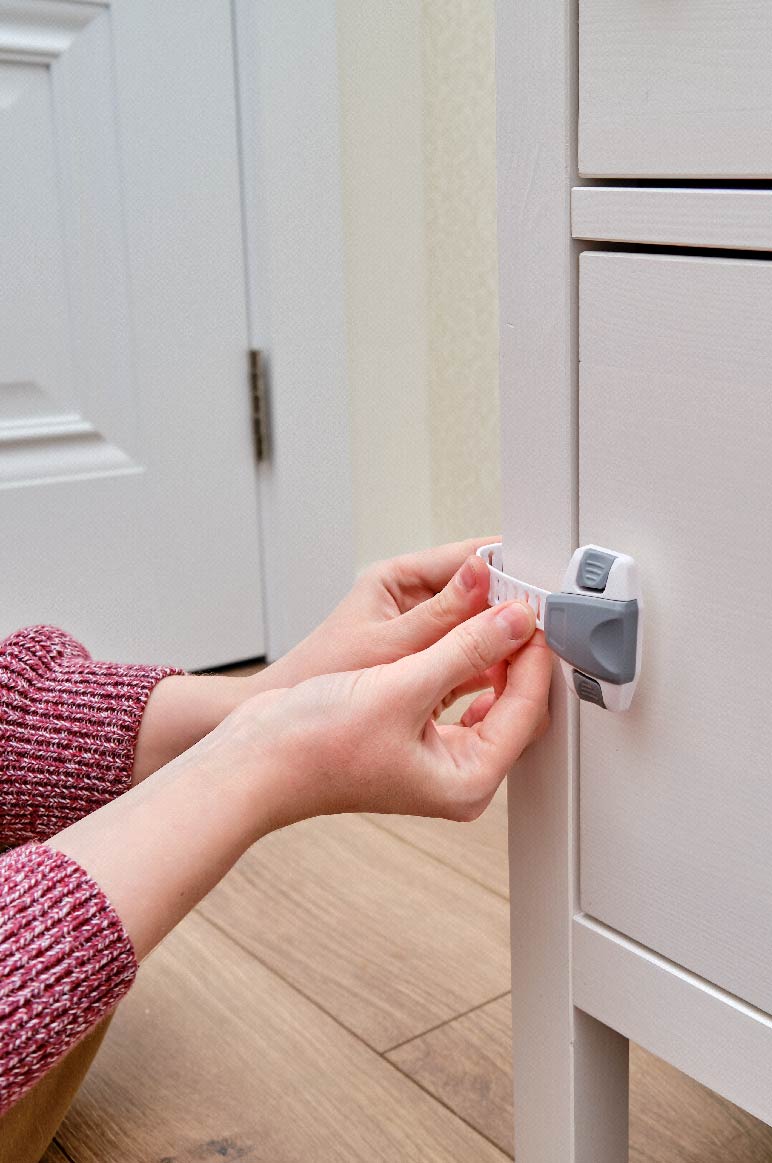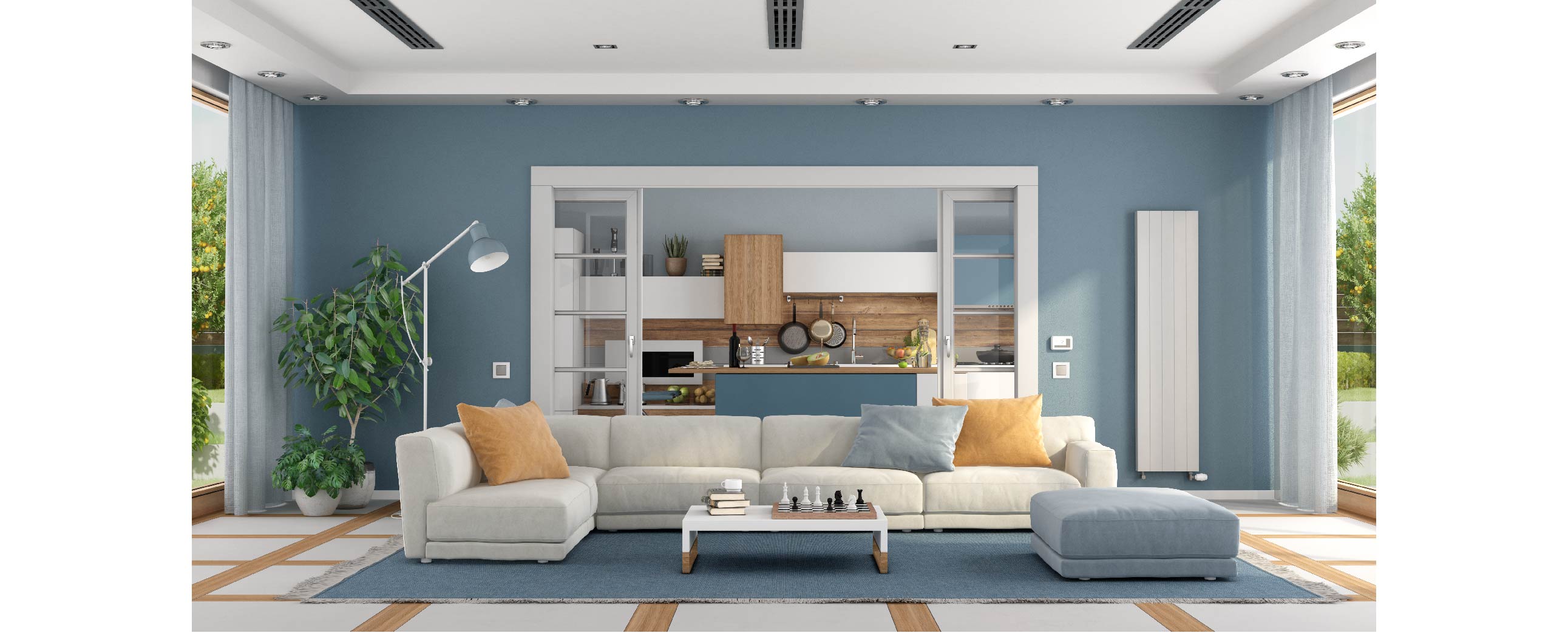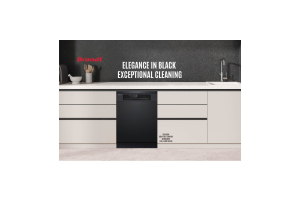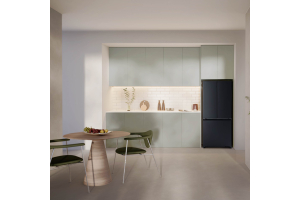Mastering the open kitchen
Open kitchens have their pitfalls, but smart design tricks can help you keep them functional, stylish, and safe.
If you’ve recently moved into a new BTO or a compact condo, chances are you’ve inherited an open-concept kitchen. Whether you love the seamless flow or secretly long for a way to contain the chaos, one thing’s for sure—there are ways to make it work without sacrificing style, functionality, or your sanity. Here’s how to strike the perfect balance.
1) Taming kitchen odours
Nobody wants their sofa smelling like last night’s sambal fried rice. While an open kitchen gives your space an airy, modern feel, it also means cooking aromas have free rein. The fix? A sleek glass partition keeps smells contained without making the space feel closed in. If you have a service yard, consider turning it into a mini wet kitchen—just keep your drying laundry out of the way unless you’re keen on chilli crab-scented towels.
A powerful range hood is a must, but size matters—larger kitchens need higher extraction rates to be effective. Complement that with a discreet corner fan to keep air circulating. And if you’re worried about your plush couch absorbing lingering scents, opt for removable, washable covers or invest in a steam cleaner to freshen up fabrics with minimal effort.
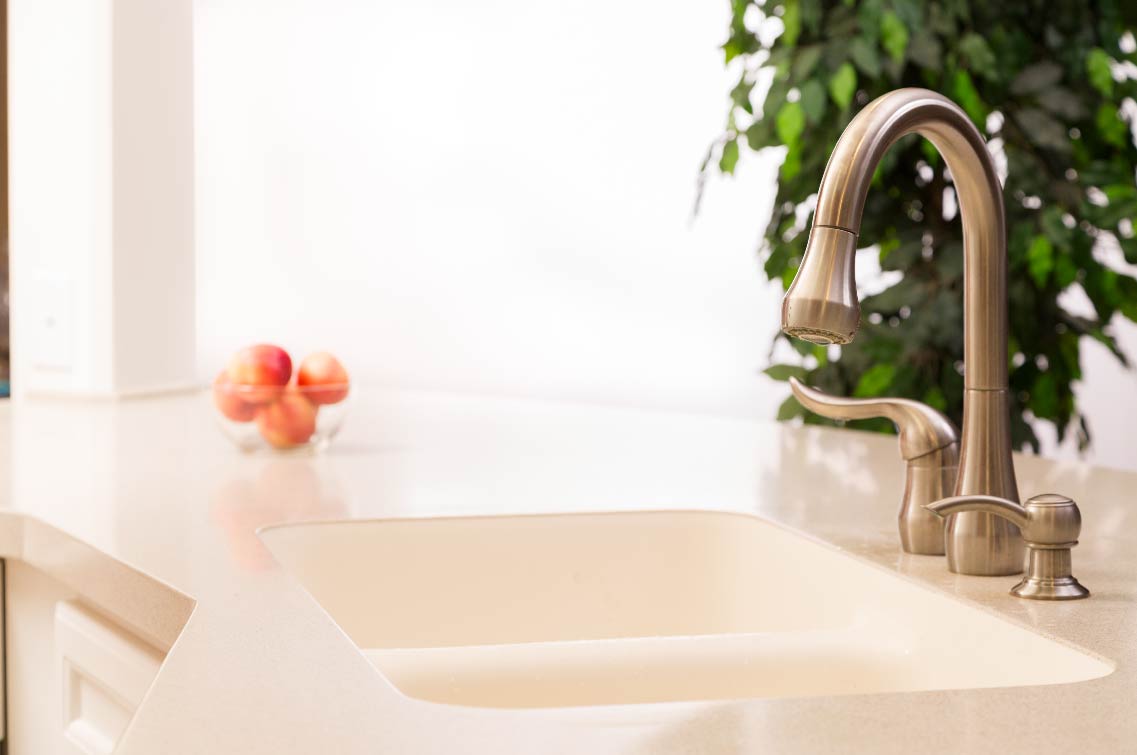

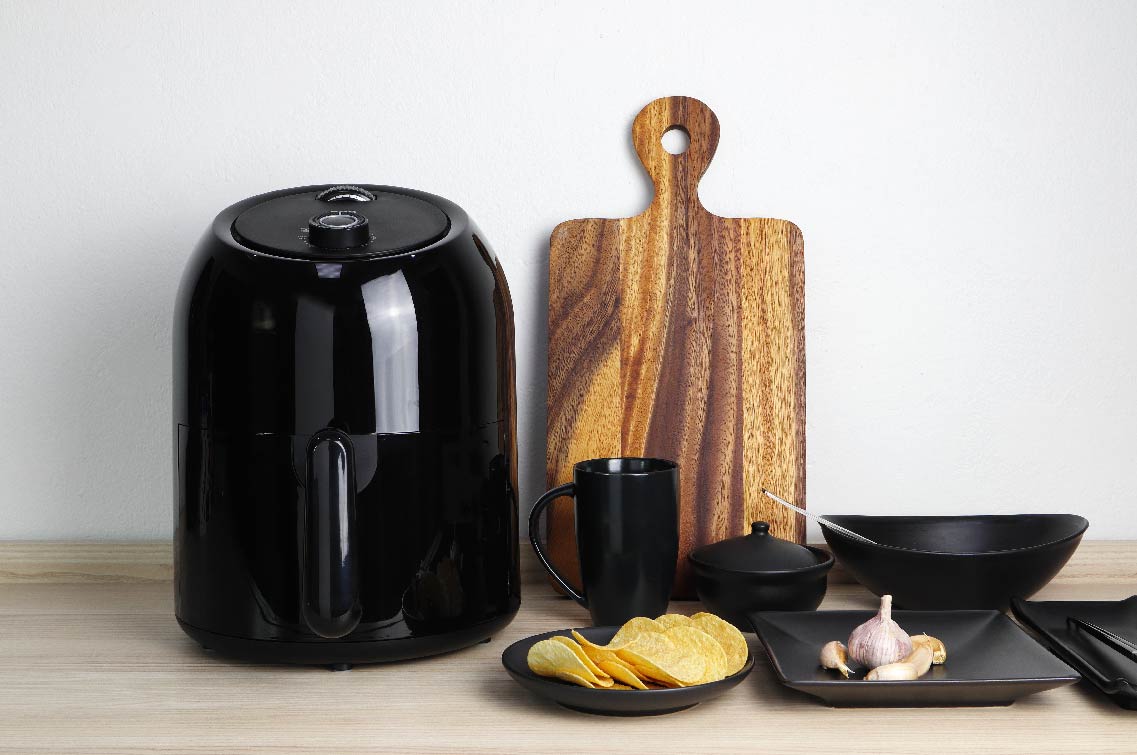

2) Keeping the noise down
When your kitchen shares space with your work-fromhome setup, the last thing you need is your blender drowning out your Zoom call. Look for appliances with quiet operation ratings—think dishwashers under 45 dB, range hoods designed for silent ventilation, kettles with insulated bodies, and washer-dryers that don’t sound like a plane taking off.
Beyond appliances, consider your kitchen fixtures. Deep sinks with sound-absorbing panels help muffle the clatter of dishes, while aerated or laminar-flow faucets reduce splashing noise. Soft-close hinges on cabinets and drawers also add an extra layer of peace and quiet, making it easier to sneak a midnight snack without waking the household.
3) Decluttering Like a Pro
An open kitchen can go from Pinterest-perfect to chaotic in no time if clutter isn’t kept in check. Start by maximising vertical space with top-hung and half-height cabinets, and install modular shelving systems that adapt to changing needs—whether that means adding dividers for better organisation or adjustable racks to accommodate taller items. Hide away small appliances in an appliance garage to keep countertops clean and clutter-free.
Constructing a bar or peninsula offers the perfect middle ground—storage on one side, a breakfast bar on the other. It’s great for quick meals, casual chats, and, yes, hiding that heap of snacks from your vacation to Japan. Take it up a notch with a ceiling-mounted rack for drying dishes or displaying your wine collection.
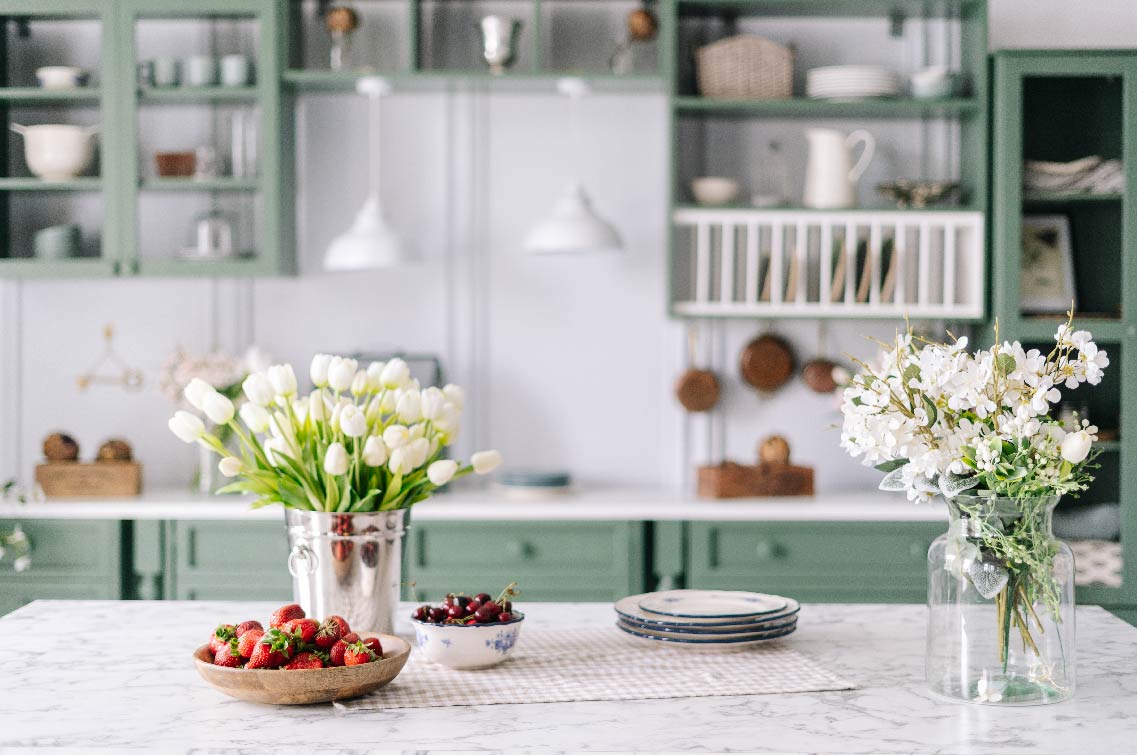

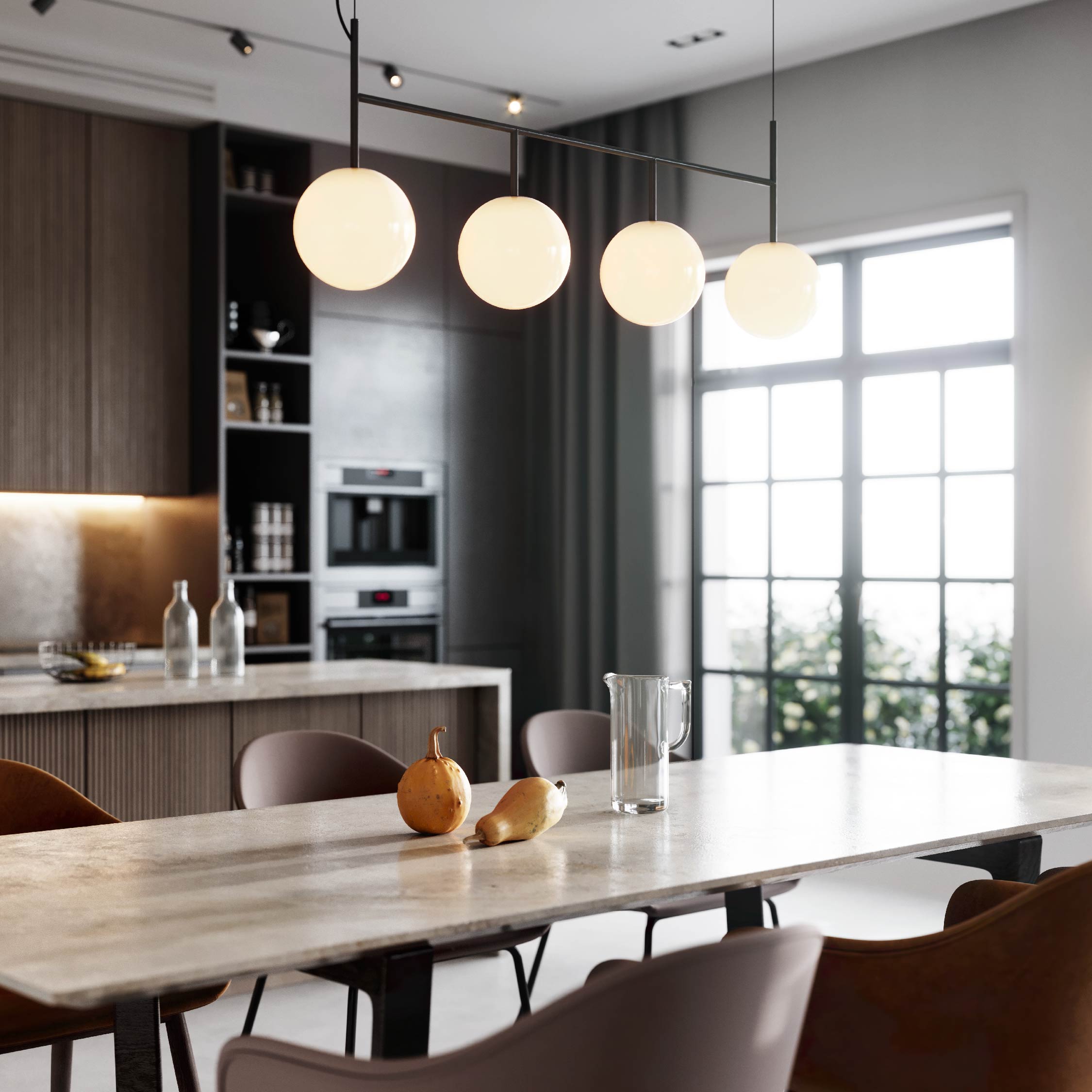

4) Blending Your Kitchen Into Your Living Space
An open kitchen should feel like a natural extension of your home, not an afterthought. The trick is to create a cohesive look. Match your kitchen hardware with your living room elements— black, steel, or brass can tie everything together. Coordinate your countertop material with your dining table, whether that’s quartz or terrazzo, and choose complementary shades for your TV console and kitchen cabinets to create a unified flow.
Defining an open kitchen is essential for maintaining structure in your layout, and you can achieve this without putting up walls. A bold tiled backsplash can act as a striking focal point, naturally drawing the eye and distinguishing the kitchen from the rest of the home. Similarly, a recessed or slatted ceiling treatment subtly frames the kitchen zone without creating a closed-in feel.
Thoughtful lighting choices—such as pendant lights over prep areas and softer ambient lighting elsewhere—further refine the transition, ensuring that each space serves its purpose while still flowing cohesively together.
5 Balancing Safety and Style
If you have little ones running around, safety is a top priority— but a clunky baby gate in the middle of your chic kitchen? No, thanks. Instead, opt for built-in safety features: induction hobs that stay cool to the touch, water dispensers with child locks, and refrigerators with secure doors (no more secret snack raids).
Rounded countertop edges help prevent bumps and bruises, while slip-resistant flooring reduces the risk of accidents. Be strategic with power outlets— accessible for adults but safely out of reach for curious little hands. And for an extra layer of safety, child-proof latches on drawers housing knives, cleaning products, and heavy cookware ensure that everything stays exactly where it should.
